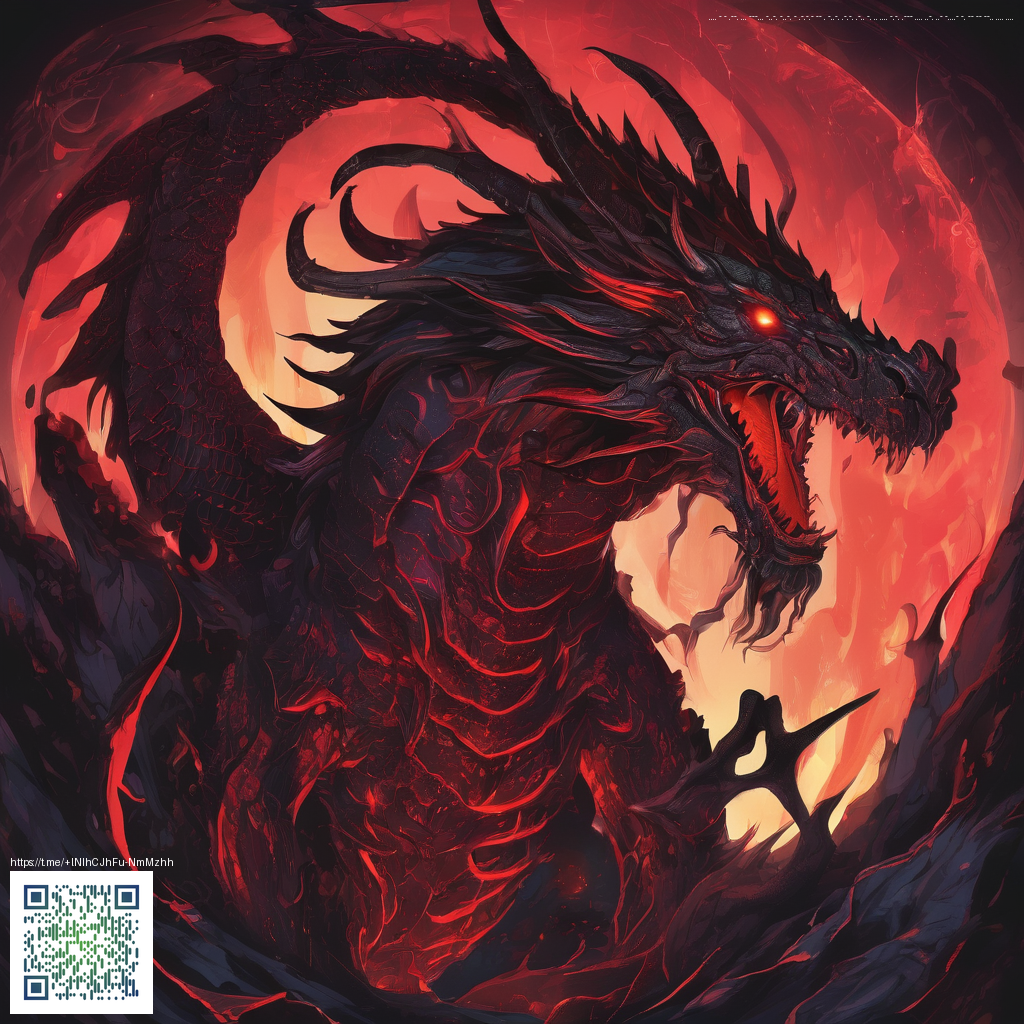
The PS2 Online Shooter Era: A Look Back
When the PlayStation 2 opened its online gates, a new rhythm settled into living rooms around the world. Gamers swapped controllers for headsets, latencies became a shared experience, and the thrill of coordinated assaults replaced solitary campaigns. The era was defined not just by the frag counts, but by the way communities formed, learned to communicate under pressure, and built rivalries that kept players logging in long after midnight. The legacy of these online shooters isn’t only nostalgia; it’s a blueprint for how multiplayer culture evolves when players are connected by more than just a scoreboard.
“Latency was a fact of life, and players learned to adapt their strategy to the ping.” That pragmatic mindset shaped how teams coordinated, communicated, and celebrated hard-won victories across maps and modes.
Iconic Titles That Shaped Online Play
Several pillars helped define the PS2’s online shooter ecosystem. Users remember tense firefights, voice chat-enabled teamwork, and maps that became cultural touchstones. A few standouts shaped expectations and inspired future platforms:
- SOCOM U.S. Navy SEALs — A defining series for PS2 online play, with squad-based missions, mic communication, and a sense that every match could hinge on flawless coordination rather than brute force.
- Medal of Honor series — Bringing World War II theaters to the online arena, these titles offered persistent modes and a sense of historical immersion that kept teams returning for more.
- Early Call of Duty entries on PS2 — While console online menus were modest by today’s standards, these games introduced cinematic encounters and party-style play that kept groups together across sessions.
From Modded Lobbies to Organized Leagues
The PS2 online experience thrived on community creativity. Players formed clans, shared strategy guides, and mapped clan wars that felt almost like sports tournaments. While dedicated servers and official matchmaking weren’t as prevalent as today, robust private lobbies and community forums filled the gaps. In this environment, voice chat and precise teamwork mattered more than raw numbers, turning each frag into a story about coordination and trust.
A lot of the magic came from the social fabric around the games. As clans practiced together, they learned how to read a map, pivot when a plan collapsed, and respect opponents who pushed back with clever flanks. The dialogue, the rituals, and the shared memes from those late-night sessions created a culture that outlived the hardware that hosted it.
How the Legacy Informs Today’s Connectivity
Fast-forward to today, and you’ll find that the DNA of those PS2 online shooters persists in modern communities. The emphasis on teamwork, mentorship for newer players, and clearly defined roles can be seen in contemporary titles that prioritize player communities alongside mechanics. The sense that a game is more than just a collection of weapons and shaders—it's a social platform where teammates become allies and legends—continues to drive how developers think about multiplayer design.
For readers who appreciate enduring resilience in gear while gaming, there’s a practical parallel in hardware that protects your devices during long sessions. The Rugged Phone Case — 2-Piece Shock Shield (TPU/PC) embodies that same ethos of protection and durability you value when you’re grinding a hard-wought campaign or logging hours in a marathon online session. You can explore this product page for more details: Rugged Phone Case — 2-Piece Shock Shield (TPU/PC). For readers seeking additional context and a broader discussion, a related overview lives here: https://crypto-donate.zero-static.xyz/17b5bb14.html.
Tips for Recreating that PS2 Online Spirit Today
- Find a community hub or forum where players still share maps, strategies, and LAN-style gatherings. The spirit of collaboration remains more important than chasing the newest graphics.
- Practice with a focus on communication. Clear callouts and structured roles help teams adapt quickly to changing conditions on the fly.
- Celebrate the stories behind the victories—those stand out moments where a well-timed flank or a tight sprint to the objective made a match memorable.
The enduring appeal of online shooters built on PS2-era foundations is that they remind us how much multiplayer is about people—friends you jam with, rivalries that sharpen your skills, and communities that endure beyond a single game. Whether you’re revisiting classics or discovering the era anew, the lessons remain relevant: teamwork, strategic thinking, and a bit of humor to carry you through the ping and the chaos.